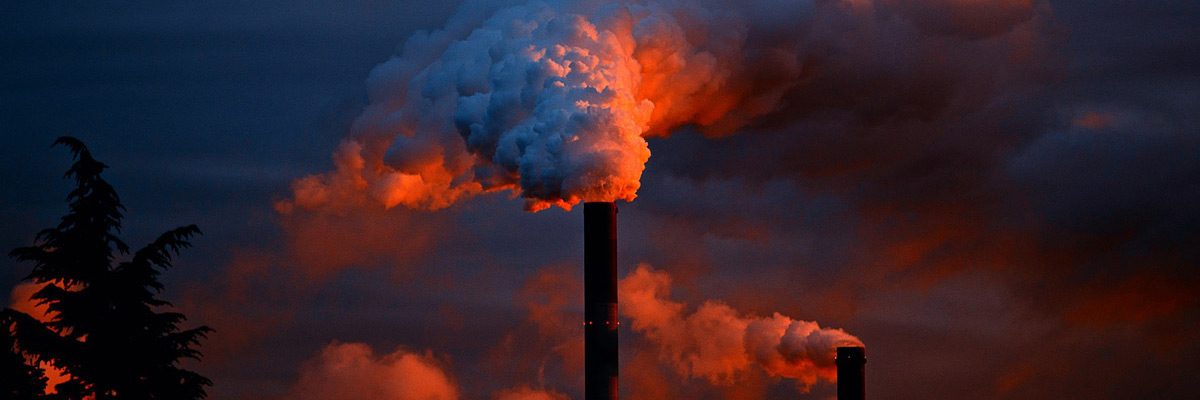For now I have run out of thoughts about how bad the original law was and how terrible the rules coming from it are now.
Today (Tuesday, 11/26/13) is Day 12 of the 45-day Comment Period on Fracking. We’re receiving great feedback from so many of you. Thank you for writing comments and enlisting others to write too. You rock!
You know the drill. Here’s what to do to make today’s comment:
- Go to: http://www.dnr.illinois.gov/OilandGas/Pages/OnlineCommentSubmittalForm.aspx
- Click the button: Subpart F: Water Quality (245.600-245.630)
- In the “Section” dropdown box, click 245.600 Water Quality Monitoring
- Submit your comments (below)
- Click “Submit”
Section 245.600(b)(1) of the proposed rules provides for the testing and monitoring of water sources within 1,500 feet of the well site. Among the many problems with the monitoring provisions, the proposed rules do not provide for testing along the horizontal leg of the well bore, which can extend for up to two miles from the well site. This is a reckless disregard of the known risk of the underground migration of toxic fluids from a horizontal well bore, especially when hydraulic fracturing involves the use of explosive charges and especially in areas known for the risk of higher-magnitude earthquakes.
In a report issued on September 5, 2012, the U.S. Government Accountability Office acknowledged this risk:
“Oil and gas development, whether conventional or shale oil and gas, pose inherent environmental and public health risks, but the extent of these risks associated with shale oil and gas development is unknown, in part, because the studies GAO reviewed do not generally take into account the potential long-term, cumulative effects.”–From: Information on Shale Resources, Development, and Environmental and Public Health Risks, U.S. Government Accountability Office, GAO-12-732 (2012), “What GAO Found”.
The agency mentioned specifically the risk of underground migration of toxic gases and chemicals:
“[A] number of studies and publications GAO reviewed indicate that shale oil and gas development poses risks to water quality from contamination of surface water and groundwater as a result of erosion from ground disturbances, spills and releases of chemicals and other fluids, or underground migration of gases and chemicals.” (Emphasis added.)
Water testing and monitoring should be required all along the length of any horizontal well bores.
(The Government Accountability Office is an independent, nonpartisan agency that works for Congress.)
To remove your name from this email list click here. To unsubscribe from all emails from us click here.
Bloomington, IL 61701
United States
:}
Go there and comment. More today.
:}
